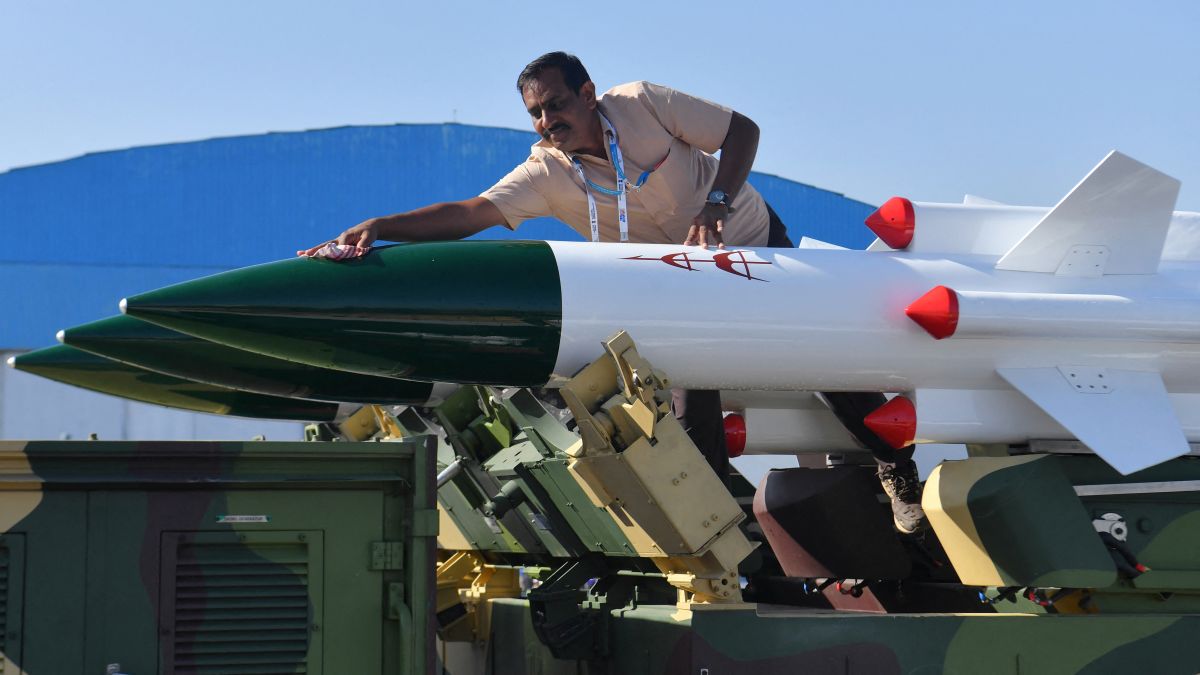India’s defence is soaring to new heights, with the central government announcing new doctrines to further strengthen the sector, marked by greater clarity of purpose, stronger deterrence, and a sustained drive for self-reliance.
A press release read, “This government has consistently underlined that national security is non-negotiable, and to ensure this security India will build her own capacity and preparedness. This has resulted in a more confident, modern, and proactive approach to challenges both external and internal.”
Here are some of the ways the government is planning to boost India’s defence in the coming years.
Increasing defence expenditure
India’s defence expenditure has been increasing under the Prime Minister Narendra Modi-led government, rising from Rs 2.53 lakh crore in 2013–14 to Rs 6.81 lakh crore in 2025–26.
In 2024–25, defence production reached a record Rs 1.50 lakh crore, more than three times the 2014–15 level. Fighter jets, missile systems, artillery systems, warships, naval vessels, aircraft carriers and a lot more are now manufactured in India.
Defence exports grew thirty-four times over the last decade, reaching Rs 23,622 crore in 2024–25. Made-in-India defence equipment is now exported to over 100 nations, including the US, France, and Armenia.
Push for self-reliance
Over the past decade, India’s defence policy has undergone a significant transformation, driven by the Modi government’s focus on Atmanirbharta (self-reliance). With a clear intent to reduce dependence on imports and strengthen indigenous capabilities, the government has introduced a series of structural reforms aimed at reshaping the defence sector.
The Defence Acquisition Procedure 2020 prioritises ‘Buy’ acquisitions, a category that favours local design, development, and manufacturing. The ‘Make’ procedure was streamlined to encourage Indian industry to participate in design, development & manufacturing of Defence platforms/systems.
5 new normals on Pak
PM Modi has repeatedly laid down clear boundaries in dealing with Pakistan. These five red lines now define India’s approach:
Firm response to terror attacks – Any attack on India will be met with a decisive reply.
No tolerance for nuclear blackmail – Nuclear threats will not prevent India from striking terrorist bases.
No distinction between terrorists and their sponsors – Both will be held equally accountable.
Terrorism first in any talks – Engagement with Pakistan, if it happens, will focus only on terrorism or Pakistan-occupied Kashmir.
Zero compromise on sovereignty – “Terror and talks cannot go together, terror and trade cannot go together, and blood and water cannot flow together.”
Sudarshan Chakra
Looking beyond immediate security challenges, the Modi government is laying the groundwork to counter long-term threats through the newly announced Sudarshan Chakra Mission. Unveiled by PM Modi during his 2025 Independence Day address, the ambitious programme marks a major step towards future-proofing India’s defence capabilities.
Impact Shorts
More ShortsThe mission rests on three key pillars: complete indigenisation of research, development, and manufacturing; the use of predictive technologies to anticipate next-generation warfare; and the creation of highly precise, targeted counter-systems. With a vision set for 2035, the mission aims to establish a robust national security shield covering both strategic and civilian infrastructure.


)

)
)
)
)
)
)
)
)



